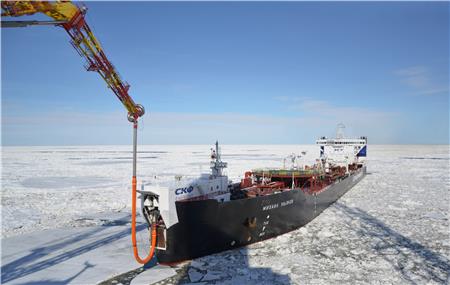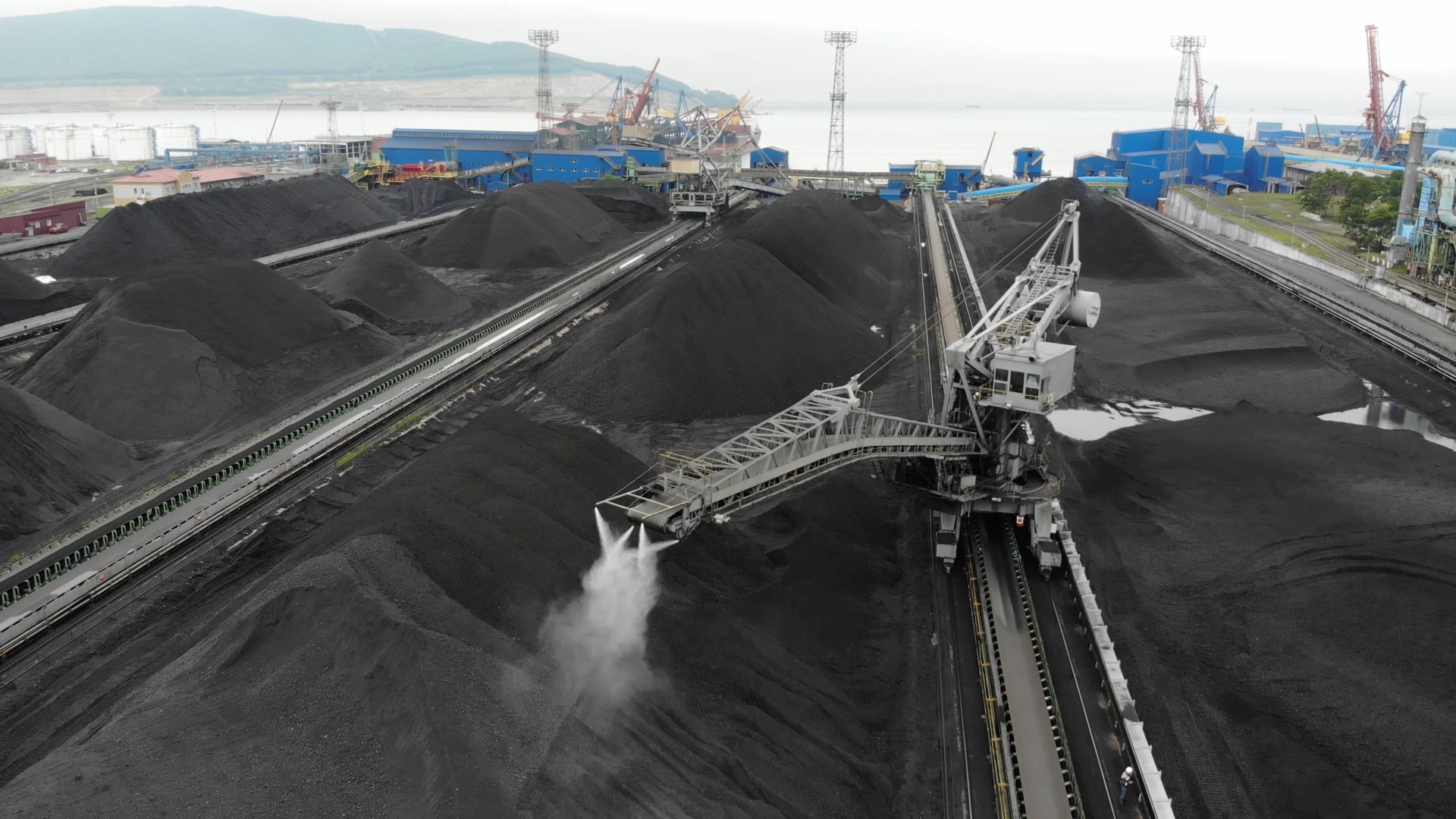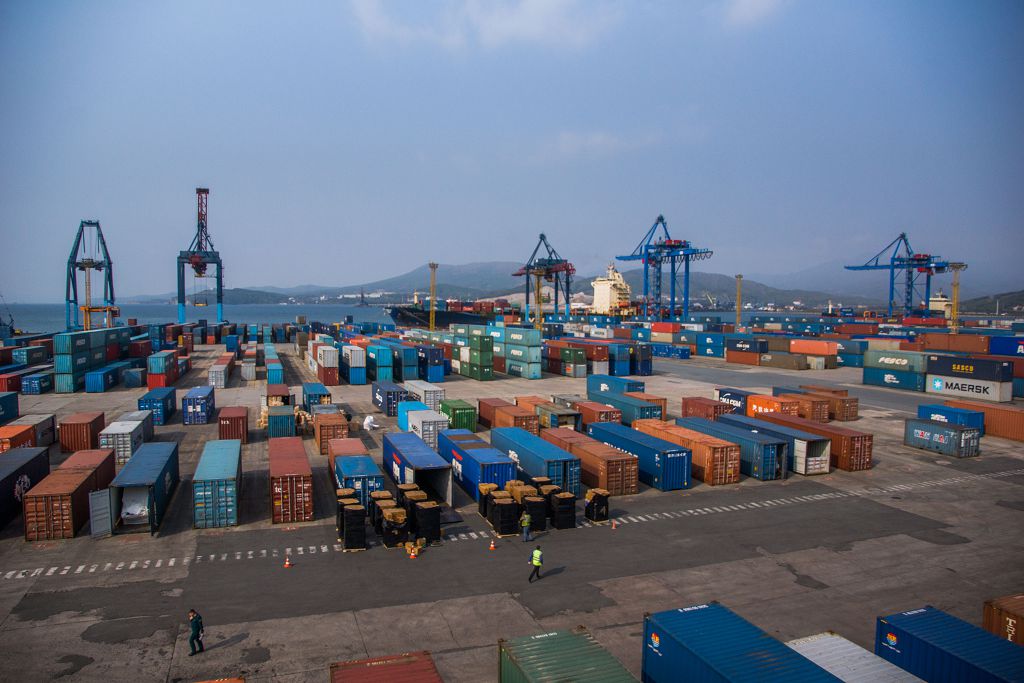Russian economy and, consequently, its transport segment is undergoing substantial changes. The trade with western companies is rapidly shrinking while the redirection of cargo flows to the markets of other regions is hindered by infrastructure problems and insufficient national fleet.
Liquid bulk cargo
In 2022, throughput of Russian ports is expected to show a slight increase versus the results of 2021 (by about 0.5%). Basing on January-November statistics, this growth is driven by handling of liquid bulk cargo (+3.7%) amid the decrease of dry bulk cargo (-2.6%). The increase in the segment of liquid bulk cargo is explained by an increased oil demand in the run up to the European embargo and the price cap. The EU price cap for Russian crude oil came into effect on 5 December 2022 and a price cap for Russian oil products is to be effective from February 5. A price cap was set at $60 per barrel. According to Bloomberg, actual price for Urals shipped from Primorsk fell to $43 per barrel with the embargo introduction while ESPO oil was purchased by Chinese refineries at prices close to the cap. In our opinion, sanctions against Russian crude oil and oil products will lead to redirection of pipeline oil bound for Europe to seaborne transport primarily bound for the ports of India, China and other Asian countries.

So, we can expect the volume of oil cargo to grow in Russian ports after taking over pipeline oil earlier bound for Europe if oil production is not reduced considerably. In this context it should be noted that Russian President Vladimir Putin told journalists about possible cuts, but it is not yet clear to what extent.
“We will even think, if necessary, about a production cut. We have an agreement with OPEC Plus on a production target. We will give it further thought, if needed. I am talking about Russia now,” said Vladimir Putin.
Dry bulk cargo
The key dry bulk cargo in terms of volumes is coal. We expect coal handling to decrease this year by several percent. With the EU embargo imposed in August and the coal flows were redirected to other markets.
According to Statista’s analytics, key consumes of Russian coal over the recent years were China (29 million tonnes per year), S. Korea (23 million tonnes), Japan (21 million tonnes), Turkey (15 million tonnes), Taiwan (11 million tonnes), the Netherlands (10.5 million tonnes), Germany (10 million tonnes), Poland (10 million tonnes), Ukraine (9 million tonnes) and India (7.52 million tonnes).
Thus, the European countries including Ukraine accounted for 40 million tonnes of Russian coal per year which makes about one third of all foreign supplies.
After the embargo was imposed, shipments to Turkey, North Africa and India increased. Taking into account the acute shortage of railway capacity at the approaches to the Far East ports estimated at 140 million tonnes per year, supplies to the above mentioned regions will be organized via the ports of the North-West and South of Russia thus ensuring the loading of terminals there next year.

A considerable growth was seen in the segment of mineral fertilizers, mostly due to introduction of new facilities – Ultramar terminal was put into operation in Ust-Luga. The growth was also registered at the facilities of European Sulphur Terminal, NMTP, and other terminals. Besides, there is a demand for transportation of potash fertilizers of Belarussian origin although they are mostly handled in big-bags or containers. Moreover, there is still a potential to take over the remaining volumes from the Baltics (up to 2 million tonnes per year). All that suggests that handling of mineral fertilizers in domestic ports will most likely grow next year.
The situation with grain is quite challenging. In the 9-month period of 2022, grain volumes handled in the ports of Russia reduced by over 10% due to the global market situation and the pressure of sanctions. However, despite the ‘grain deal’ on shipment of Ukrainian grain, Russian authorities have repeatedly declared non-compliance with it in terms of facilitating the access of Russian products to global markets. It is difficult to predict the situation with grain for the next year, since many factors will influence it, from the yield to demand. However, it can be noted that about 1 million tonnes of grain can still be added to the annual cargo turnover of domestic ports with its redirection from the Baltics. However, that requires dedicated facilities in Russia.
Containers
In the container segment, the situation is the most dramatic, perhaps. Tectonic changes in this segment began in the pandemic period when freight rates for container transportation surged several times and it became more profitable to carry containers by railways via the Far East ports. It was then that the acute phase of congestion in the Far Eastern ports began. From that time the ports have been used not only as an export gate for Russian coal, but also as an import gate for containers. The situation has aggravated in 2022. The container turnover of Great Port of Saint-Petersburg has decreased by over 50%, year-on-year, which is not surprising - half of its container turnover in 2021 was provided by operators who stopped working in Russia.

On the other hand, the flow of containers via the Far East has resulted in congestions: market players reported idle time of ships in the Far East ports of Russia of up to three months. At the same time, freight rates for containers are falling which allows to think about an organization of deep sea container lines on the China – Saint-Petersburg and China – Novorossiysk routes.
Special role in the framework platform Russia’s eastward pivot will be played by the North-South international transport corridor. According to the Russian Government, it will be able to take over the cargo flows from routes currently bypassing Russia. However, that route needs the development of both port and railway infrastructure in all transit states.
In view of the eastward pivot, special role is given to the Northern Sea Route since it will let unload the Far East infrastructure although it infrastructure development is needed as well as the construction of ice-class transport fleet.
The construction of Russia’s own civil fleet is a special challenge including the development of schemes for its financing and insurance amid sanctions.
Thus, with the current trends persisting and no ‘black swans’ appearing, we can expect an increase in shipments of oil cargo through sea terminals next year, a least partial return of the container flow to the North-Western ports, further redirection of Russian foreign trade cargo from the ports of neighboring states to Russian ones, and the development of logistics through North-South corridor and the Northern Sea Route.
More industry-related content is available on our social media pages: YouTube, Telegram, Yandex Zen




